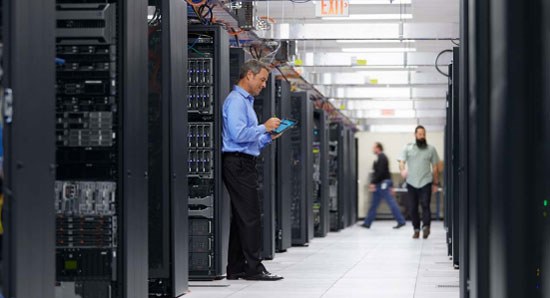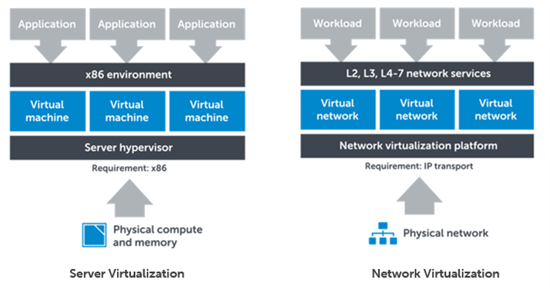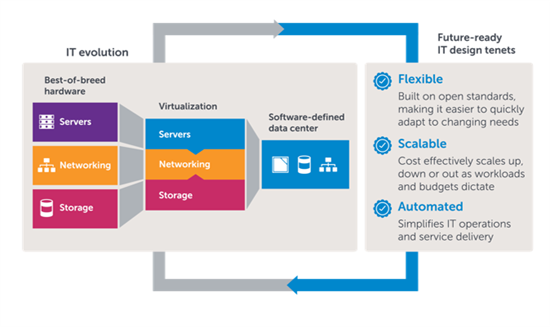One common aspect across a buzzing IoT solution, a trendy e-commerce website and a mission critical stock exchange, is a robust and agile datacenter.As the pressure increases for IT to provide on-demand services that are elastic and secure, traditional methodologies that require significant time to design, procure and provision are rapidly becoming a thing of the past.
So, what’s next? Enterprises want IT to be agile, while designing and operating their own datacenters and delivering private cloud services similar to the leading public cloud service providers. (such as Google and Amazon). Simply put, business wants more for less!
Let’s examine the top three challenges of a traditional datacenter:
- Datacenter architecture is often dominated by vendor-specific hardware and software dependencies, which leads to the use of proprietary technologies instead of open industry standards.
- The refresh cycle for datacenter network equipment is predominately dictated by the equipment vendors, which slows down the speed of datacenter innovation.
- The majority of datacenter equipment requires manual configuration which increases datacenter provisioning and deployment cycles.
Can we leverage the concepts of software-defined network (SDN) and extend them to datacenter in order to fix these legacy issues? I thought of having a dialogue with datacenter experts.
As per Johnny King, Managing Director, Data Center and Cloud Transformation – Dell Services, the future of IT is software defined, extending datacenter services across computing, storage and networking environments to provide comprehensive IT-as-a-service capabilities. This evolution is termed as software-defined datacenter (SDDC), and it increases agility, simplifies operations and service delivery.
So what’s software-defined datacenter, is it an evolution or just another buzz word?
I felt that the best way to quench my technological thirst was to have a tech chat. So I invited few of my Dell colleagues, Adam Green, Johnny King, Mary Anne Clement, Ron Howell and Rusty Gardenour, who also happen to be datacenter and cloud experts, over a cup of coffee. Our discussion revolved around some of their latest projects and how they leveraged Dell-proven methodologies, and the VMware NSX virtualization platform, to transform traditional datacenter infrastructure into a SDDC.
Datacenter evolution: Traditional to software-defined datacenter
Server virtualization technologies create an abstraction layer (a server hypervisor), that makes it possible to reproduce the attributes of an x86 physical environment (such as CPU, a network interface card and RAM) in software. This capability has created a massive shift in datacenter deployments as it enables IT to pool resources, optimizing datacenter costs and increasing agility. To create a true SDDC, enterprises need to virtualize both servers and networks.
In a software-defined data center, software abstraction virtualizes the majority of data center components (such as computing, storage and networking), while policy-driven software controls infrastructure management tasks. By separating service management from the physical infrastructure, data centers become more agile than ever before.
SDDCs are a radical paradigm shift in data center deployment. They enable critical network functions (such as routing, switching, firewall and load balancer) using software instead of hardware — transforming traditional data center methods that focus on infrastructure into an application- or service-based environment.
Having a dialogue with the experts made me understand that while anyone can transition from a traditional data center environment, there are unique challenges and advantages of deploying an SDDC for each business.
I will soon publish a few industry-specific instances elaborating the challenges and advantages of adopting a software-defined datacenter. Stay tuned for my next blog!
Download our latest whitepaper on software-defined datacenter.


